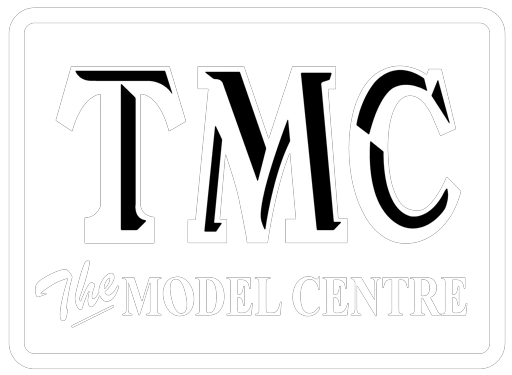972013 Rapido Trains OO Gauge GER Dia.17 5-Plank - NE Loco No.O197
Details
The Great Eastern Railway operated a vast network of lines serving Northeast London's densely populated suburbs and East Anglia’s agrarian market towns, villages, coastal resorts and ports. General merchandise traffic dominated the company’s goods receipts and further grew in importance during the 1890s, while mineral traffic maintained a steady growth. This area of the country was devoid of heavy industry and mines, so the company imported coal mainly from Nottinghamshire and Yorkshire collieries. In the 1890s the company prepared against any disruption of its supply or services from strike action by employing a finely-tuned and aggressive coal-buying policy which paid dividends during the miners’ strike of 1893 and 1912. Huge stockpiles at all the major depots waxed and waned in size as prices fluctuated, and to supplement the company’s dedicated locomotive coal trucks during times of heavy purchasing, a fleet of reliable all-purpose wagons suitable for carrying both general merchandise and minerals were built to help transport coal to the region from the Midlands. The humble high-sided open wagon was the mainstay of the fleet, with Diagram17s being the most numerous of them all. Designed to replace the ageing 8-ton and 9-ton timber framed wagons of the 1870s and 1880s, the Diagram 17s were a robust steel framed 5-Plank wagon with a 9ft wheelbase, a set of doors on either side and an improved 10-ton load capacity. 12,050 examples were constructed between 1893 and 1903, accounting for 65% of the company’s wagons built during this period, and by the time the last one rolled off the production line they constituted 45% of the company’s total number of goods wagons. In general use, they travelled way beyond the boundaries of the GER network delivering goods up and down the country. Wagons of the same design were built for the Lancashire, Derbyshire and East Coast Railway by outside contractors. The GER had offered the LD&ECR financial and political support which helped the rele8-Ton Goods Vant Bills pass through parliament. There weren’t altruistic acts by the Great Eastern Railway, but made under the proviso that the company would have running powers over the LD&ECR system, with full access to the area’s rich coalfields. In 1907 the LD&ECR was absorbed by the Great Central Railway, which acquired all of the company’s rolling stock, including those built to the GER design. Under their new owner, the wagons were repainted in the GCR livery and given new running numbers accordingly. Wagons to both Diagrams 17 and 48 began to receive upgrades as various parts were damaged or worn out in service. During the Edwardian period, new open-fronted brake lever guards and ribbed buffers were introduced, and by the early 1920s some wagons had been fitted with a second brake lever, the Morton reversions clutch, and a third brake block. Most of these wagons survived through to the grouping era, and under LNER ownership it was decided that those built from 1897 onwards had sufficient working life expectancy to be given a full range of improved parts as they passed through the Works for repairs. Any wagons in this category that were not already fitted with them were given B1-type oil axle boxes, ribbed buffers, and the improved brake gear. More than 400 of the wagons survived Nationalisation, but increasingly their twilight years were spent allocated to major depots and yards in the Eastern region as internal use wagons, or in Departmental service serving a wide variety of roles including Signal & Telegraph, Permanent Way and even breakdown trains. Although the final examples had disappeared from revenue service by the mid-1950s, the Departmental and internal user wagons soldiered on into the 1960s.
Manufacturer
Rapido Trains
Finish
Pristine
Scale
OO Gauge (1:76 Scale)
Era (Period of operation)
Era 2 (1870-1922)
Condition
New



